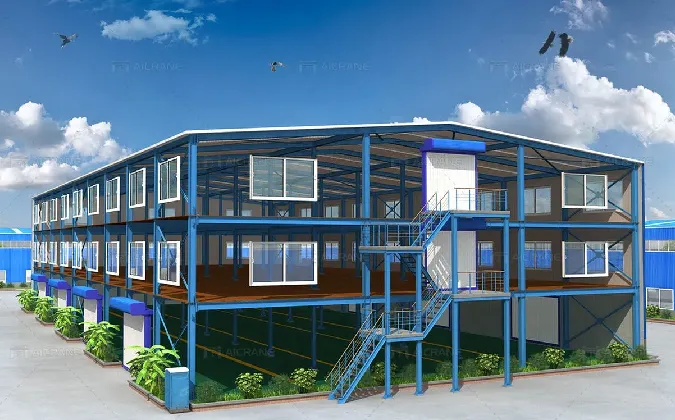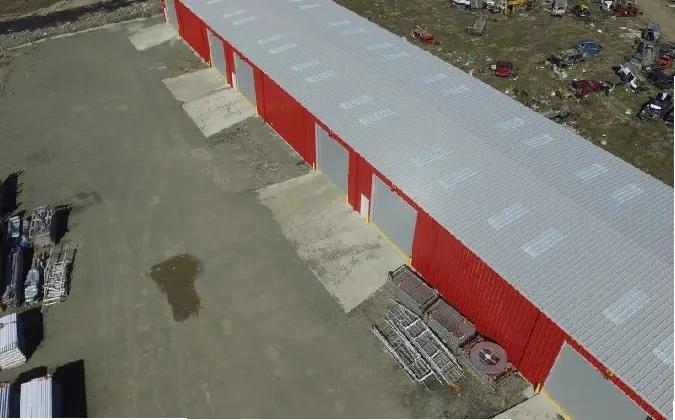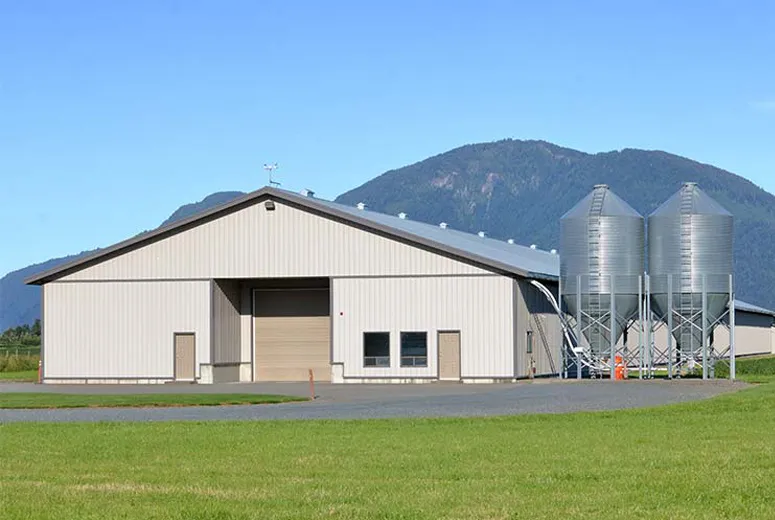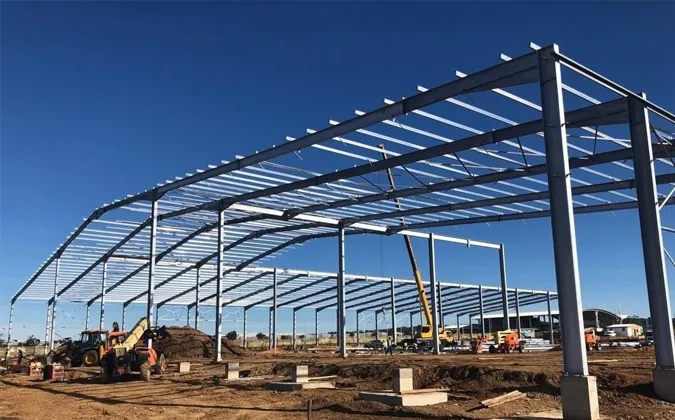Oct . 13, 2025 14:40 Back to list
Steel Buildings for Modern Farming: What’s Really Working in 2025
If you work the land, you already know buildings aren’t just roofs and columns—they’re the difference between dry hay and a soggy write‑off. Lately I’ve been touring farms that upgraded to agricultural sheds with proper engineering, and, to be honest, the gap in uptime and maintenance is striking. Many customers say they wanted one structure to flex between hay, grain, equipment, and the odd foaling stall; what they ended up with was a whole operations upgrade.
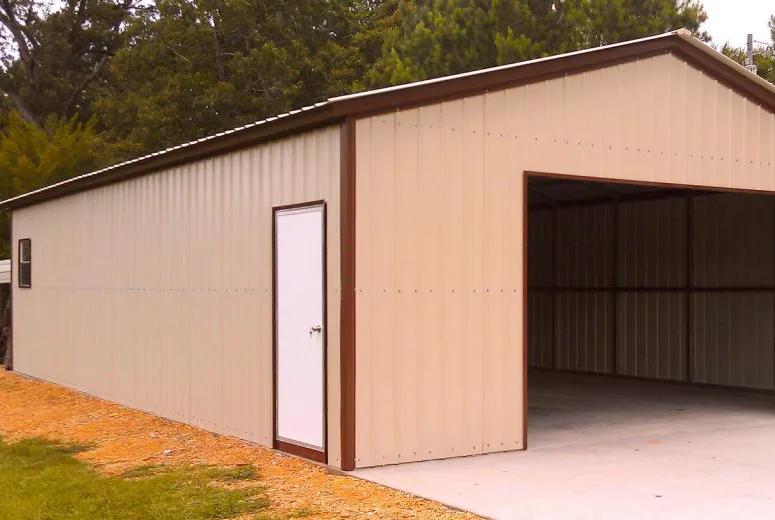
Product Snapshot: Agricultural Livestock Farm Steel Building
Origin: No. 1 YuLong Road, JinZhou, Shijiazhuang, Hebei. It’s a steel‑framed system designed for multi-use: Metal Barn Kits, Steel Sheds, Equipment Storage Sheds, Hay Storage, Livestock Shelters, Horse Arenas, Grain Storage Buildings, Stables—basically the usual chaos of a working farm, but tidied up under one engineered envelope.
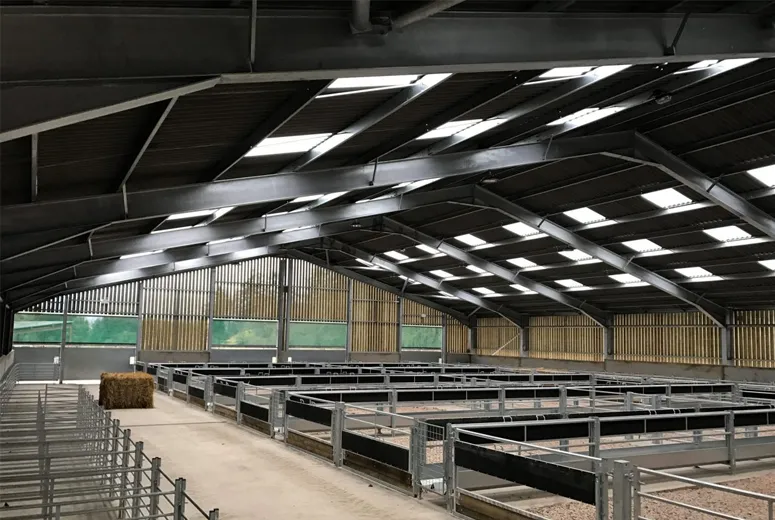
Where these buildings actually shine
- Hay and straw: high eave height for airflow; ridge vents reduce moisture hotspots.
- Livestock: draft‑controlled sidewalls; optional insulated panels for wintering cattle.
- Equipment: clear spans keep combines and seeders moving without columns in the way.
- Grain or bagged feed: corrosion‑aware cladding; simple wash‑down protocols.
- Riding arenas: low‑glare roof skins and daylight panels, surprisingly effective.

Technical specifications (field-proven, farm‑friendly)
| Frame | H‑section structural steel (Q355/Q345B or ASTM A572 Gr50), welded per AWS D1.1 / EN 1090‑2 |
| Cladding | Galvanized steel sheeting, 0.4–0.7 mm; optional 50–100 mm insulated sandwich panels |
| Corrosion protection | Hot‑dip galvanizing per ASTM A123 / ISO 1461; optional powder coat (≈80 µm) |
| Design loads | Wind up to ≈0.8–1.0 kPa; snow up to ≈1.5–2.5 kPa (site‑specific; real‑world use may vary) |
| Spans / height | Clear span ≈18–36 m; eave height ≈4.5–12 m; modular bay ≈6–8 m |
| Service life | 25–50 years with routine maintenance |
| Certifications | Factory ISO 9001; CE marking (EN 1090) available on request |
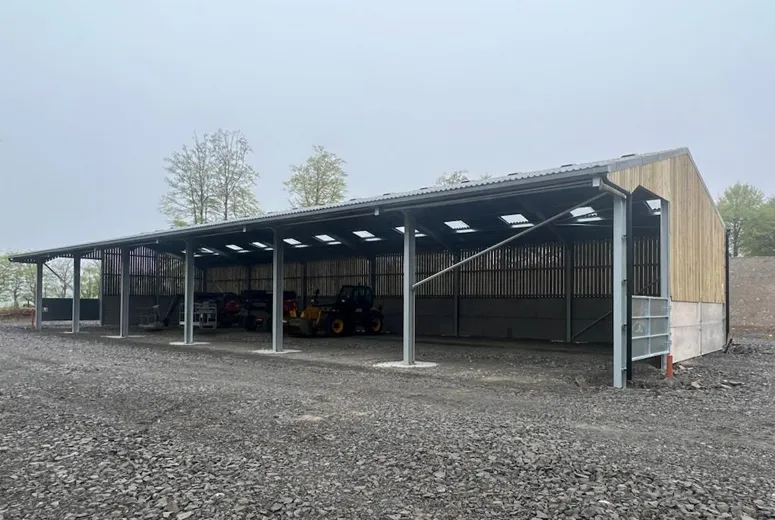
From coil to countryside: how it’s built and verified
Materials arrive as certified steel coil and plate. Beams are CNC cut, robot‑welded, then shot‑blasted to SA 2.5 before galvanizing. Roof and wall panels are roll‑formed; flashings are bent for tight weathering. Testing? Ultrasonic spot checks on welds, zinc thickness checks (aim ≈85 µm, ASTM A123), bolt torque verification, and trial assembly of critical nodes. Design follows AISC 360/Eurocode EC3 with local load maps (EN 1991 or AS/NZS 1170). Typical air changes are tuned with ridge vents and louvered sides—basic, but it keeps hay dry. I guess that’s the whole point.
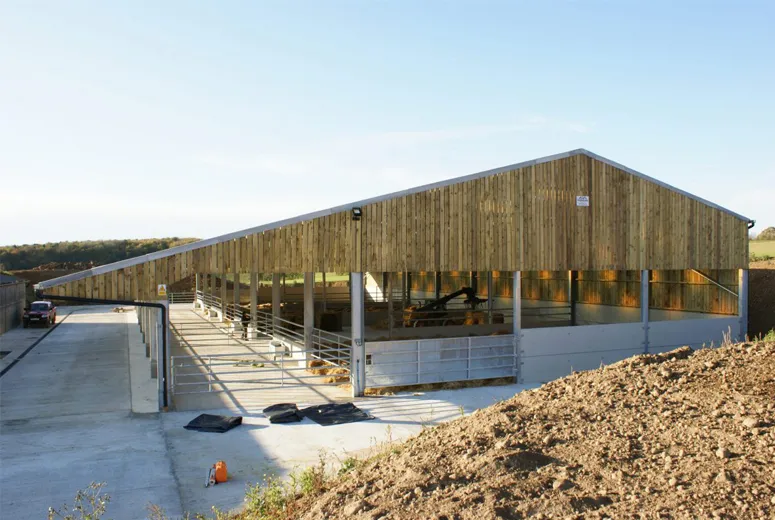
Vendor landscape (quick take)
| Vendor | Certs & Standards | Lead Time | Customization | Warranty |
|---|---|---|---|---|
| Hongjishunda (this model) | ISO 9001, EN 1090, AWS D1.1; galvanizing per ASTM A123 | ≈4–8 weeks | High: spans, cladding, insulation, doors | Up to 20 years on structure |
| Vendor A (regional) | ISO 9001; limited EN 1090 | ≈6–10 weeks | Medium | 10–15 years |
| Vendor B (kit-based) | Basic QC; no CE/EN 1090 | ≈2–6 weeks | Low | 5–10 years |
Pricing varies, obviously, but serious buyers weigh lifecycle cost. Stronger zinc, fewer repaint cycles. That’s where agricultural sheds with proper galvanizing tend to win.
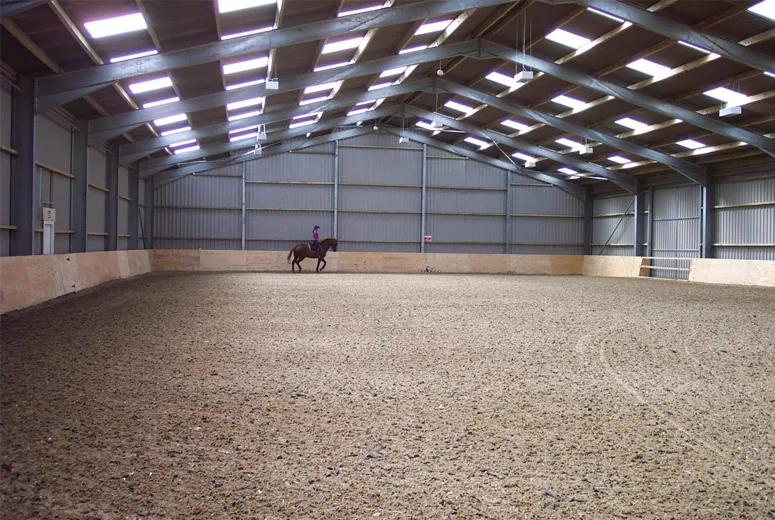
Field notes and mini case studies
- Northern feedlot: insulated sidewalls cut winter draft; bedding stayed drier, fewer coughs (manager’s words, not mine).
- Mixed arable farm: 30 m clear span let them park combine, sprayer, and seed drill indoors—measurably lower downtime during storms.
- Hay operator: after switching to agricultural sheds with better ridge venting, mold complaints dropped to near zero.
Common feedback: delivery arrived labeled, holes lined up, and the erection crew didn’t have to “make it fit.” That’s rarer than it should be.
Final thought
If you’re weighing timber vs steel, consider load credibility, ventilation design, and corrosion plan. The rest—color, doors, even skylights—are the easy part. In fact, today’s agricultural sheds are less about walls and more about protecting margins.
Authoritative references
-
Bolted Connections in Steel Frame Warehouse
NewsNov.17,2025
-
Hay Storage in Farm Metal Buildings
NewsNov.17,2025
-
Advantages of a Steel Portal Frame Shed
NewsNov.17,2025
-
The Erection Process of a Steel Building Hangar
NewsNov.17,2025
-
Energy Efficiency of Steel Dome Garage Kits
NewsNov.17,2025
-
Fire Resistance of Kit Metal Garages
NewsNov.17,2025
Products categories
Our Latest News
We have a professional design team and an excellent production and construction team.








